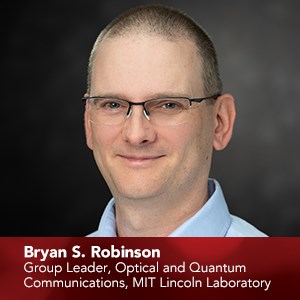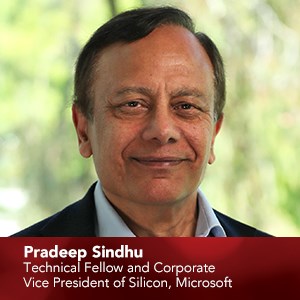Speakers
-

Kei May Lau
Hong Kong University of Science and Technology
Silicon photonics is being developed to extend integrated photonics adopting the highly successful Si IC infrastructure for tele/data-communications, and sensing. We have taken various approaches and developed high-quality III-V on silicon by direct hetero-epitaxy, including blanket and selective growth. A novel lateral aspect ratio trapping (LART) technique is used to grow lasers with embedded QWs and high-speed photodetectors on patterned commercial SOI substrates for integrated Si photonics.
Professor Kei May Lau is a pioneer in photonics research and a research professor at the Hong Kong University of Science and Technology (HKUST). Lau is an elected member of the U.S. National Academy of Engineering and a Fellow of IEEE, Optica and the Hong Kong Academy of Engineering Sciences. With a storied career spanning decades, Professor Lau has been recognized with numerous prestigious awards, including the IPRM Award, the IET J.J. Thomson Medal for Electronics and the Optica Nick Holonyak Jr. Award, among others. Her extensive experience in the field and contributions to photonics research have positioned her as a leading voice in advancing optical technologies.
-

Bryan S. Robinson
Optical and Quantum Communications, MIT Lincoln Laboratory
Just a few years ago, free-space optical communication (FSOC) systems were considered by many to be too complex or expensive to offer any practical benefits. Today, there are thousands of FSOC terminals operating in space, enabling revolutionary space and terrestrial communications systems. We will review the history of FSOC development, discuss its present applications, and consider areas where future development will enable new communications capabilities near Earth, and beyond.
Dr. Bryan S. Robinson is the leader of the Optical and Quantum Communications Group at MIT Lincoln Laboratory. Dr. Robinson played a key role as the lead systems engineer for the Lunar Laser Communications Demonstration (LLCD), NASA’s first successful demonstration of high-rate laser communications from space. His team’s work has laid the foundation for subsequent space-based optical communication systems and extended its application to undersea, terrestrial and quantum communications. With deep expertise in optical communications and systems engineering, Dr. Robinson continues to push the boundaries of laser communication technology.
-

Pradeep Sindhu
Technical Fellow and Corporate Vice President of Silicon, Microsoft
This talk argues that the historical trend towards ever faster network interfaces in Ethernet switches is increasingly in conflict with building efficient, massive-scale data centers. There are two fundamental reason for this: First, the cross-sectional bandwidth of packet switch and NIC silicon is limited by technology; this means increasing interface speed proportionately decreases switch and NIC radix, which in turn means that networks need to have more layers to support a given scale; more layers are more costly, require hire power, have higher latency, are potentially less reliable, and make it more difficult to solve congestion and error control problems that are increasingly important at scale. Second, even when the transmission medium is fiber, interface signals always originate and terminate in electronics where the fundamental speed limit is dictated by speed of transistors in the technology used to build switches and NICs; increasing interface bandwidth significantly beyond 400Gbps will make it progressively harder to build these components.
Dr. Pradeep Sindhu is an industry visionary currently focused on data processing innovations at Microsoft. Sindhu, who co-founded Fungible Inc. and served as its CEO and CTO, is credited with inventing the Data Processing Unit (DPU) that revolutionized storage system efficiency. He is also the founder of Juniper Networks, where he led the development of all major products that shaped the future of networking infrastructure. Dr. Sindhu’s contributions have redefined networking hardware and software, driving advances impacting cloud computing and AI infrastructure.
